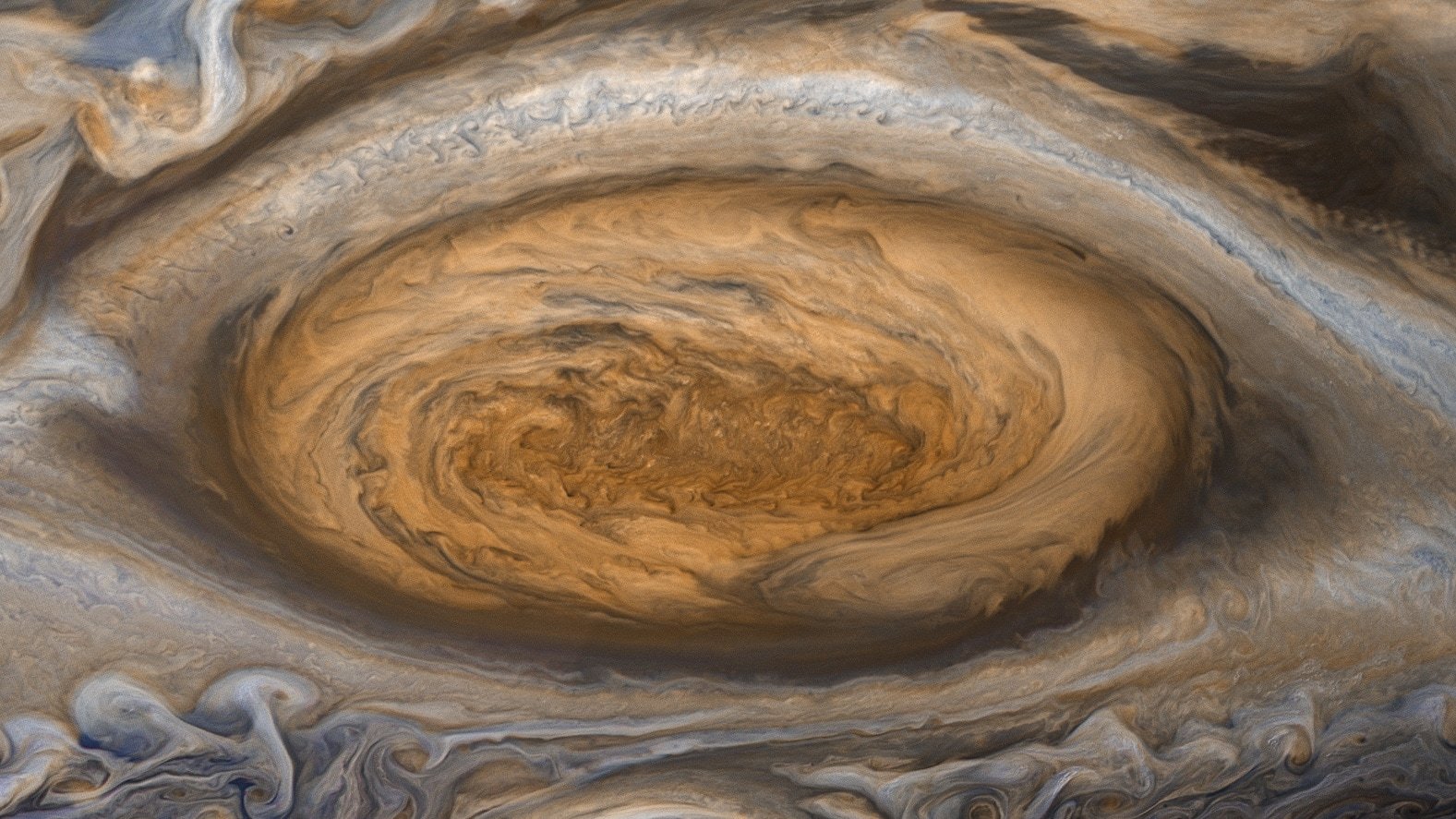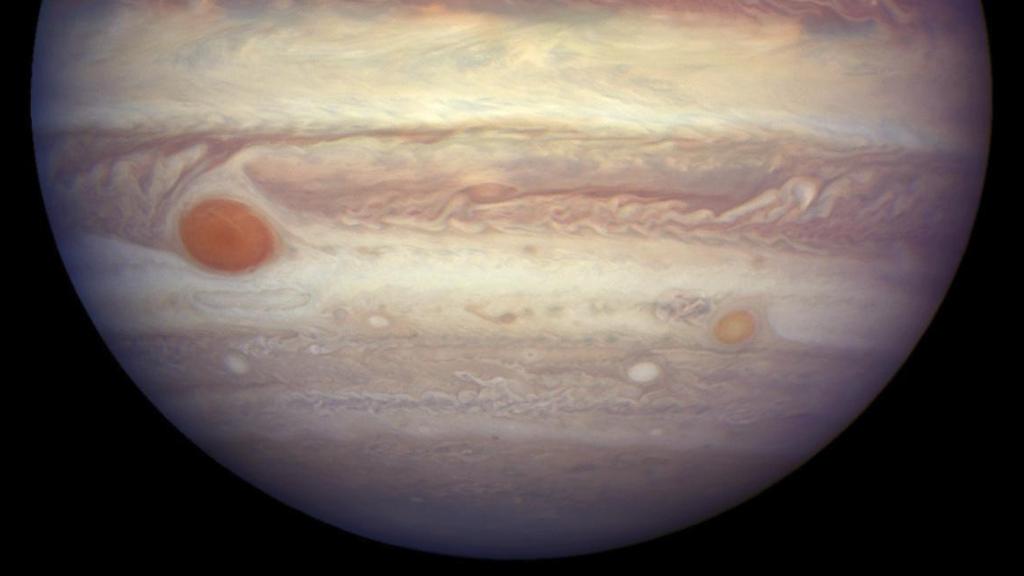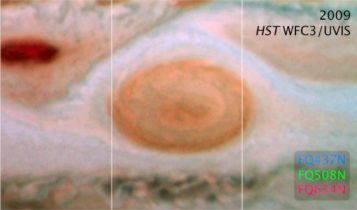© 2000-2025 - Enkey Magazine - All rights reserved
ENKEY SNC - VAT ID IT03202450924 / REA Code CA253701 - Phone. 078162719
Everyone know the eye of Jupiter. We learnt to know it and to love it. An undisputed symbol of the giant of the Solar System. We know that in reality it is just a massive storm. A hurricane of an unheard of scale which winds tireless blown for at least 350 years. It’s like that we learnt to know the biggest planet of our Solar System with that red spot which is its identification mark, that makes it such unique between many.
However the big storm of Jupiter is slowing down and is decreasing its intensity and and its size and it really seems that in few decades we will see its end. It really seems incredible however the big storm of Jupiter is cooling down.
What’s the eye of Jupiter?
Let’s start from the beginning, from the discovery of the big storm of Jupiter. It was the 1664 and Robert Hooke described a spot on Jupiter. But the definition that Giovanni Cassini gave the following year seems much more convincing, he described it as a “permanent spot” observed for many years.
So the spot of Jupiter has at least 350 years as far as we know. Since there it was always observed by attracting us with its irresistible charm.

As the years went by we leart that the Big Red Spot of Jupiter is in reality a huge anticyclone storm, absolutly the biggest one of the Solar System. From the images we can see the massive sizes, but we don’t really understand how big it is, because we don’t consider how big is the planet itself. The storm is, infact, big enough to contain inside it three planets Earth, or at least it was like that few years ago.
It follows anticlockwise rotation, by spending fourteen jovian days, which means six terrestrial days, at a speed of 550 kilometers per hour. The spot is easily visible from Earth even with amateur telescopes.
The storm is quickly slowing down
By the way this creepy and astonishing natural phenomenon is designed to go extinct, the storm of Jupiter is quickly reducing itself. In the last century it halved its diameter, but from the last detections it seems to speed up. Currently it’s estimated, infact, that the storm is loosing about 1000 km every year.
The detections of the end of ‘800 says that the Eye of Jupiter had a diameter of 41.000 km, but in the 1979, the passage of the Voyager 2 told us about incredible datas: it measured just 23.000 km. Kilometers that in the ’95 were already reduced to 20.000 and in the 2009 to 17.700.

With the current instruments it’s possible to constantly check the size, thanks especially to the spacial telescope Hubble. Right according to it and to the astronomous, the lowest diameter ever recorded dates back to the 2014, when the storm measured just 16500 km of diameter.
If once the big hurricane could fit three Earths now there could be one and even a bit tight.
The end is close
Already in the 2017, with the passage of the probe Juno, they assumed that the storm was cooling down much more fast of what it was predicted. It was thought, infact, that it would take many years before to fully cool down, but from the last datas it seems to miss just 10 or 20 years.

“I’ve never seen nothing like that before during 17 years of shooting of Jupiter”, claims Anthony Wesley, australian astrophysicist, by telling the last incredible images of the storm. The image shooted the last 19th of May, infact, clearly portrays a long wake of gas (10.000 kilometers) coming off from the centre of the cyclone to leave it forever.
It’s been months that we see long wakes of gas leaving the body of the Jupiter’s storm and melt away in the sands of the giant of the Solar System. It really seems that the big storm of the Slar System arrived to its final phase. To posterity will remain only the amazing images that we were able to shoot in those years of observation.
This post is also available in:
 Italiano
Italiano


